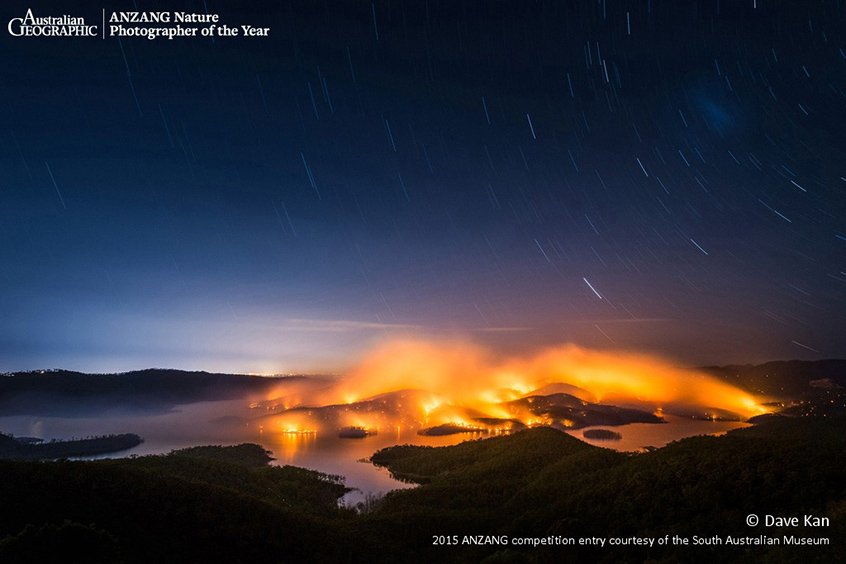
ANZANG 2015 Our impact shortlist
The ANZANG 2015 Our impact competition asked for photographs that reveal the human impact on nature – be it terrestrial, marine or atmospheric. The impact could be either positive or negative.

The ANZANG 2015 Our impact competition asked for photographs that reveal the human impact on nature – be it terrestrial, marine or atmospheric. The impact could be either positive or negative.
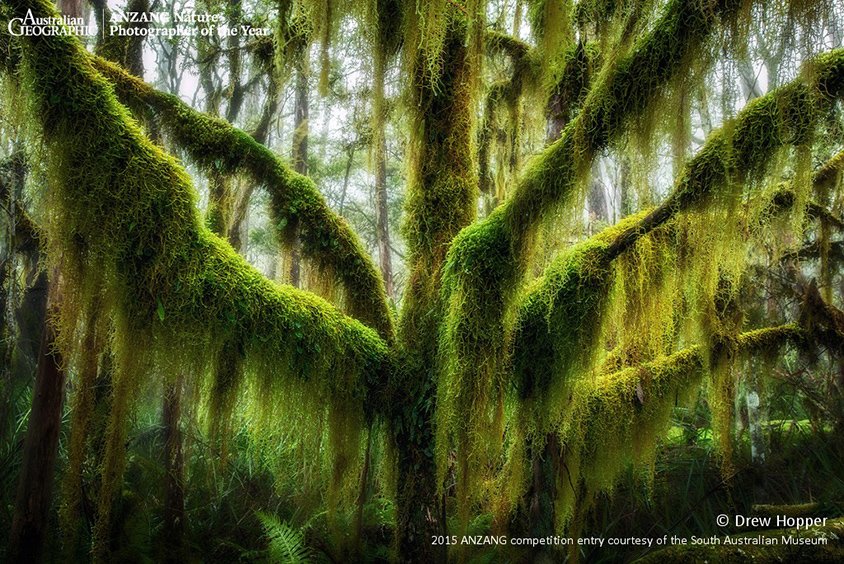
The ANZANG 2015 Botanical photography competition asked for photographs of flora. These could be habitat or portrait shots. This shortlist is testament to the gorgeous array of landscapes and plant life that surrounds us.
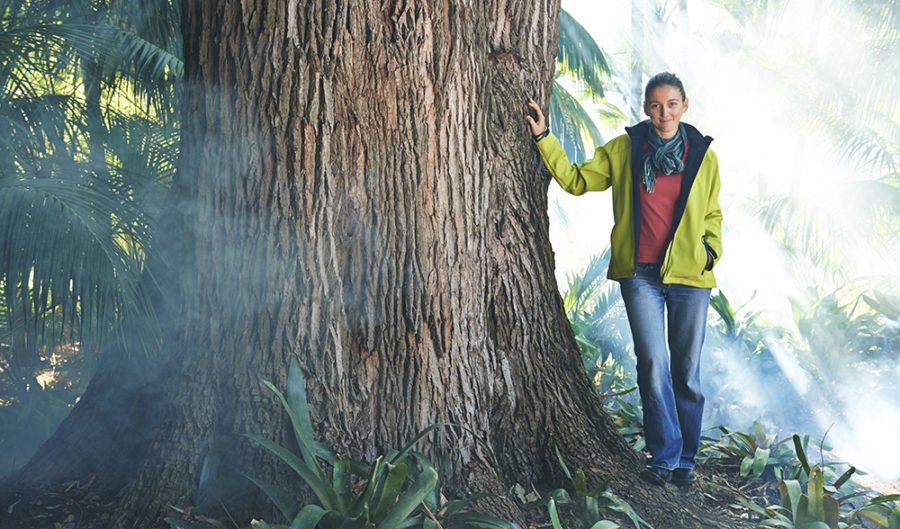
Plants communicate through their roots and can even create and respond to sounds. Experts are now asking – can they think, too?
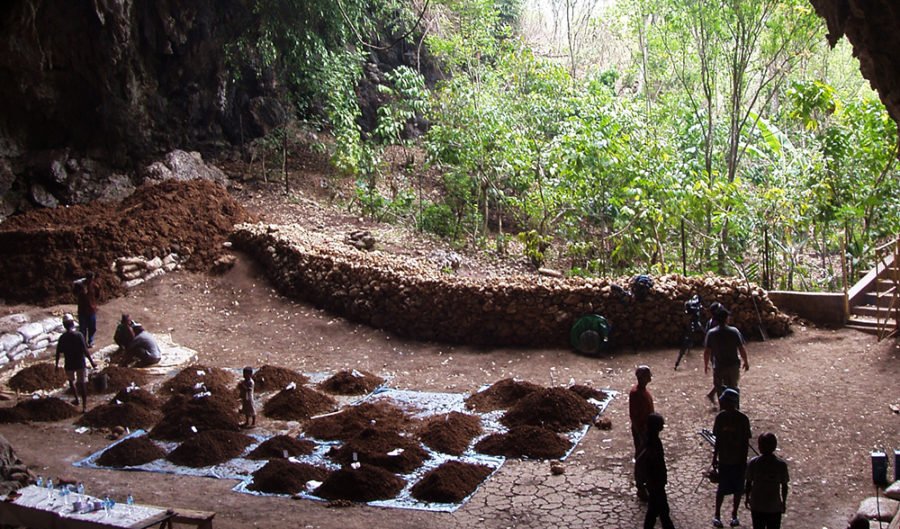
The fossil of a totally unexpected tiny species of human was discovered in Indonesia in 2003. We look at what we know about this discovery and what facial reconstruction may reveal
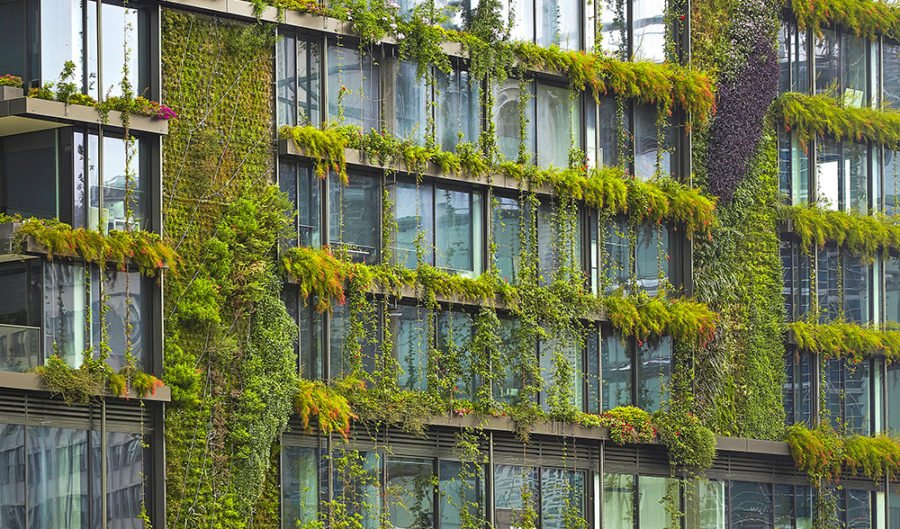
Amid the buzz and the grind of our biggest metropolises, more and more sky gardens are beginning to bloom.

Traces of outer space were the last thing on geologist Arthur Hickman’s mind as he trawled Google Earth’s satellite imagery, and yet, that’s exactly what he found
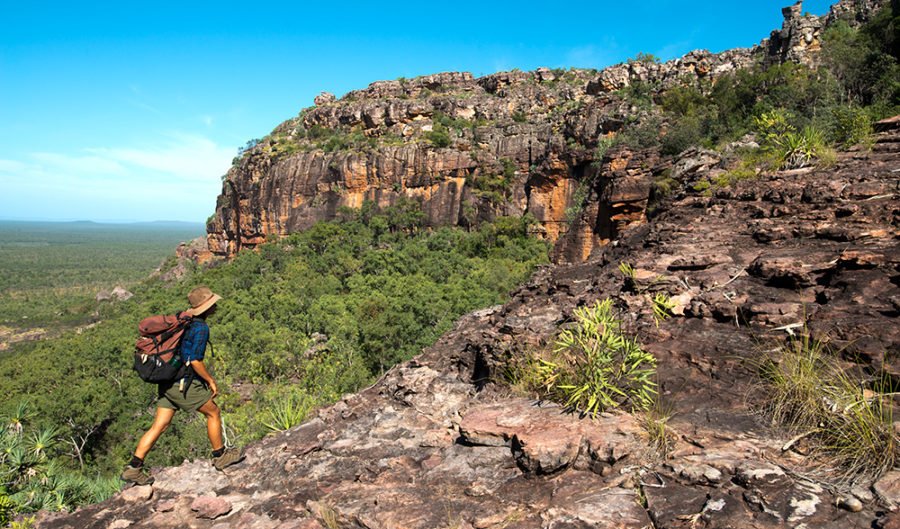
Conservation corners or places for leisure? Ecologists are calling for a radical rethink in how we manage these special places
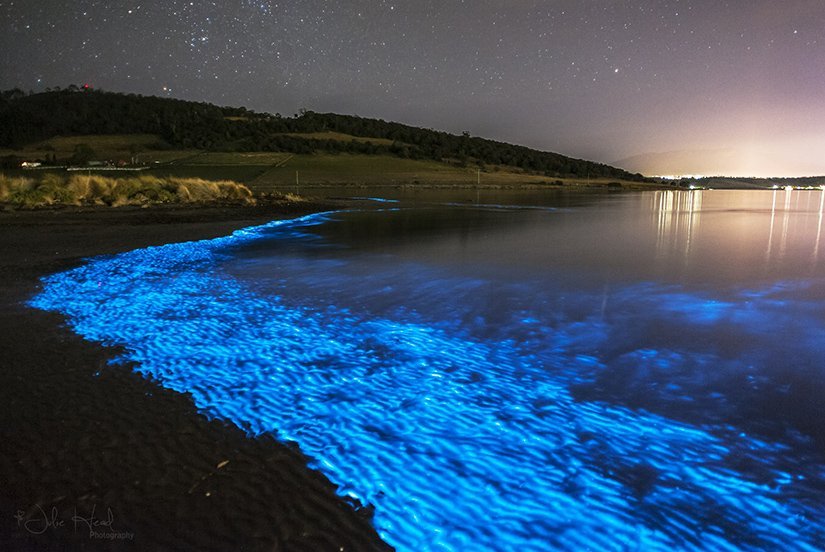
Known as a ‘red tide’ by day, the microalgae Noctiluca scintillans, known as ‘sea sparkle’ emits a bioluminescent blue glow when disturbed at night. Over the last week, residents of Hobart, Tasmania, have been treated to a light show on the Derwent River, mostly around the South Arm Peninsula, as the dinoflagellate bloom has washed ashore. The bloom can be deadly to fish if it accumulates and gives off ammonia as the microalgae die.
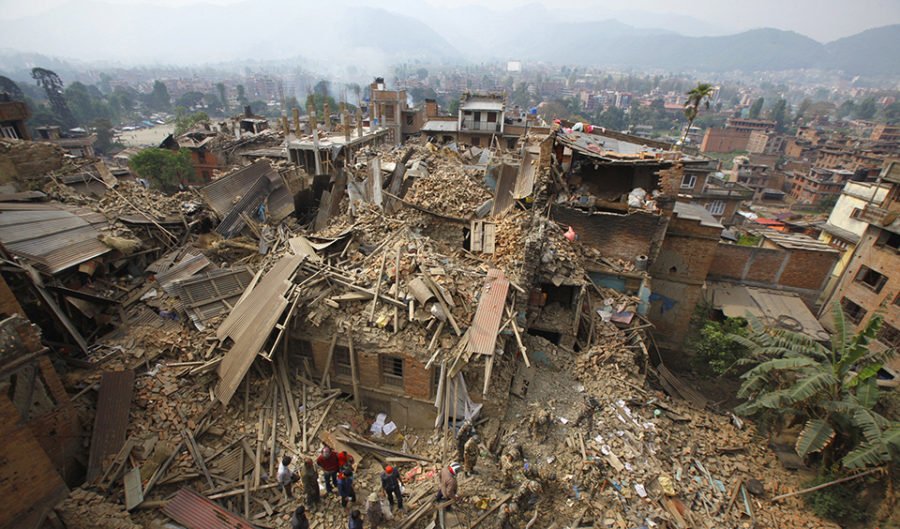
While there are about 100 earthquakes a day, many of them don’t cause much damage. Just what are earthquakes and what causes them?
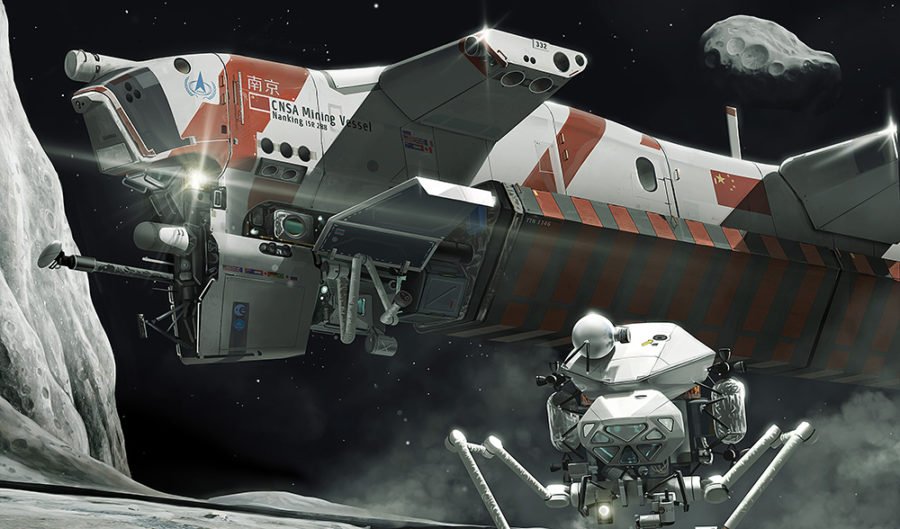
From mining on asteroids to hotels in orbit, Fred Watson briefs us on the economy that’s out of this world.